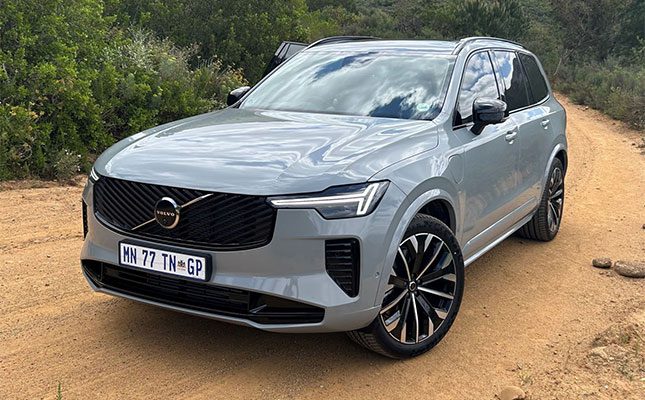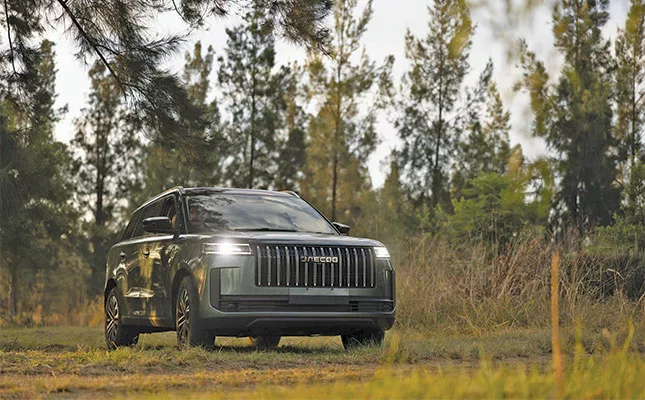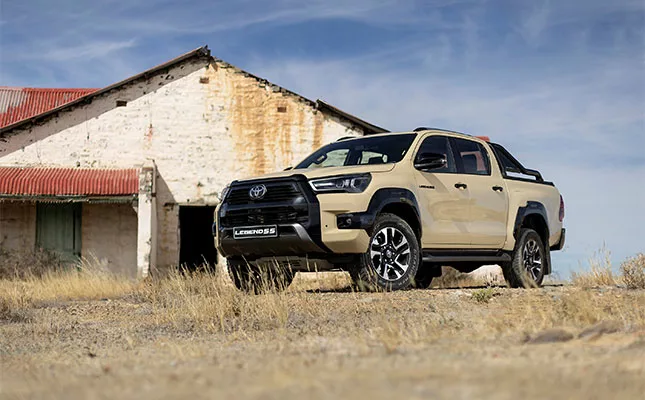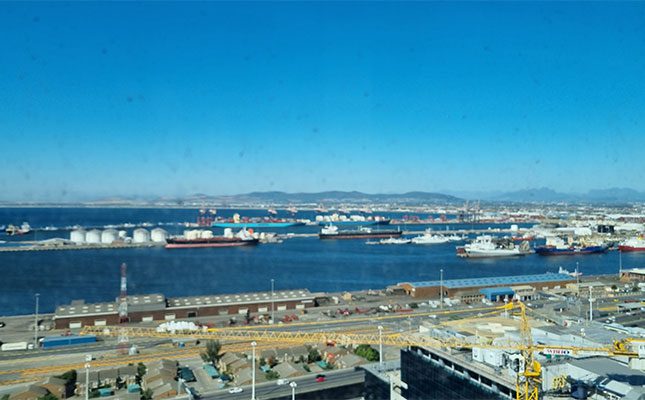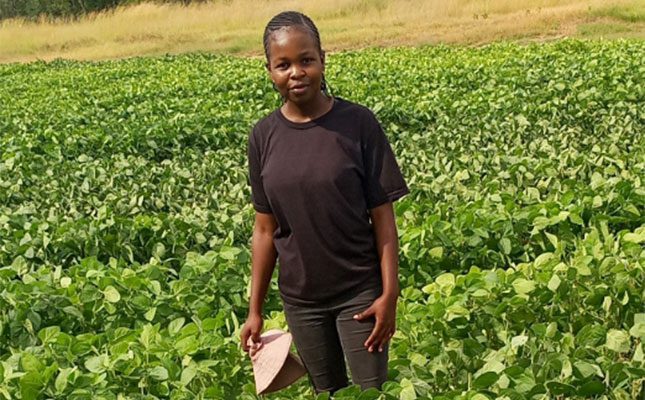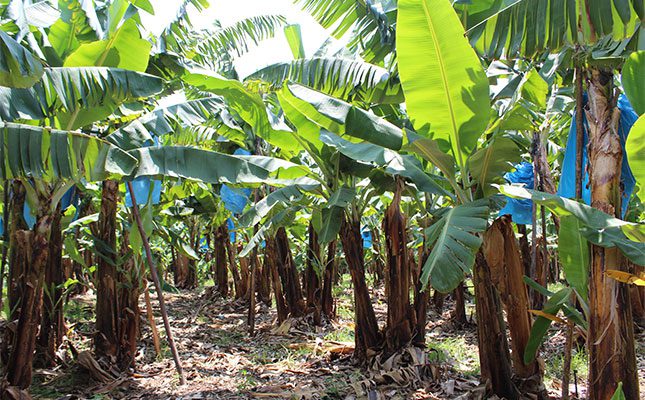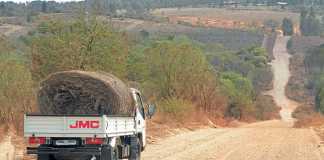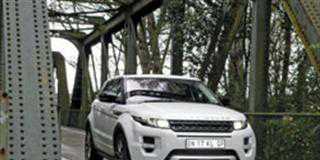
Photo: Glenneis Kriel
Bridgestone conservatively estimates that South African farmers collectively maintain a tyre inventory valued at over R1,2 billion per annum.
This estimate is based on there being 40 000 farms in South Africa, as reported by Statistics South Africa in 2017, each with two to five vehicles, including motorcycles, bakkies, tractors, spraying equipment, planters, and harvesters.
Despite this significant investment, the importance of tyres in bringing efficiencies to the farm is often overlooked.
Hydro ballasting
One common mistake many farmers make is to fill tyres with water instead of air. Willouw Goosen, Bridgestone development manager of Agri, says this old practice is aimed at ballasting a tractor to improve traction, increase stability and minimise slippage.
However, water ballasting is discouraged these days for several reasons, according to Goosen.
Firstly, it presents a safety risk, as water inside tyres can compromise tractor stability at high speeds, especially when cornering and braking suddenly.
He adds that weight of water can lead to increased soil compaction, higher fuel consumption, and in the tractor having less power available to pull implements.
Additionally, when a puncture occurs, it can take up to three hours to fix and refill a tyre with water, compared to a few minutes when filling it with air.
Other drawbacks include that it causes rims to rust, which would require downtime to refurbish. Also, water freezes at low temperatures inside a tyre, although this is uncommon in South Africa, if a calcium chloride mixture is not added to the water.
“Modern tractors are designed to work with air-filled tyres, which provide a dual purpose as shock absorbers. Hence, by using air instead of water, farmers can improve their operations’ efficiency and safety,” says Goosen.
When ballasting is necessary, he advises farmers to rather make use of metal weights. These are more expensive, but reusable, can be added or removed from a machine in a shorter time, allow for more precise ballasting, and will not freeze at low temperatures or corrode and damage rims.
Tyre configuration
Another mistake is to buy machines without considering the suitability of the standard tyres they come with for the soil conditions and the implements they will be used with.
“It is mind-boggling how farmers spend hundreds of thousands of rands, even millions, to get the latest farming technology, and then do not match its with the latest tyre technology,” says Goosen.
“They forget that the tyres carry the weight of a whole machine and therefore greatly impacts their performance, load capacity, fuel efficiency and soil compaction,” he adds.
The impact of adding or switching accessories, say from a six-row to a 12-row planter, or adding a bigger header to a combine harvester, should also be considered.
Goosen explains that making these alterations could easily add an additional 3t to the load, which would necessitate the use of other tyres, tyre combination

s or the use of these tyres at alternative pressure.
“Increased or decreased load, without a tyre reconfiguration, will result in less traction and more slippage when the load is lighter, and increased compaction and more pull if the load is heavier,” Goosen explains.
An 8% to 12% slip percentage is accepted as the norm for optimal tyre performance.
“When slippage is higher, farmers start to lose diesel and need to work longer hours to do the same job they would have been able to do at the lower slippage. Remember that a 12% slippage on 100m equals 12m, so just think what a higher percentage would mean on farms over 1 000ha.”
Bridgestone App
The Bridgestone Ag Tyre app helps to take the guesswork out of these configurations.
To use the app, farmers select the tyres and tyre size they are using from a list, as well as the load that will be carried by the tyre. The app then calculates the pressure at which the tyres should be inflated to carry the load, as well as the maximum speed at which the machine can be used with that load, and tyre pressure at high and low torque.
Bonus values are also calculated for Bridgestone Tyres marked with the CFO suffix. This bonus load is aimed at low-speed field use for cyclic loading or unloading operations involving minimal torque and wide fluctuation in weight carried.
With these operations the load may not be carried for more than 1,5km and does not count for hillside operations over an 11° slope.
For instance, in a dual fitment application, the Bridgestone 710/70R42 VX-tractor should be inflated to 1 bar to carry a load of 4 105kg per wheel at high torque, and then cannot be used faster than 10km/h.
In cyclic operation conditions at the same inflation pressure of 1 bar, the load carrying capacity increases to 5 355kg per wheel at 10km/h. If the load increases to above 8 580kg per wheel, this machine can only be used in the field at low torque operation, with an inflation pressure of 2,4 bar and a speed below 10km/h.
The app also informs farmers of interchangeable tyre sizes as well as tyre dimensions and possible rims.
New tyre technology available in South Africa
Bridgestone displayed their VX-Tractor at Nampo 2025, as well as one of the two tyres they will release this year.
While the VX-Tractor has been in the country for three years, Willouw Goosen, Bridgestone development manager of Agri, says that it remains a great option for farmers looking for longer-lasting tyres.
“The lug volume of the VX Tractor is up to 20% higher than those of our main competitors. The tyre contains more rubber and is therefore heavier than the VT-Tractor. The advantage is that it will result in substantially less downtime because of punctures, and promises to last longer, with the longevity depending on the farm conditions.”
Bridgestone released the VX-R Tractor around July this year. This tyre carries Bridgestone’s ENLITEN technology, and forms part of Bridgestone’s efforts to develop stronger, safer tyres, using less energy and fewer raw materials.
“Our goal is to become carbon neutral and ethically source all our raw materials by 2050,” says Goosen.
But the VX-R Tractor is much more than an environmentally responsible option.
Unlike other agricultural tractor tyre models, the total tread width in contact with the ground is perfectly equal to the nominal section width shown on the tyre sidewall, which gives the tractor a larger soil footprint, thereby allowing more traction power to be transmitted to the ground.
The bigger footprint spreads the contact area with the soil, thereby reducing soil compaction, while the ‘Involute’ lug design, results in less soil disturbance, and further enhances traction and reduces slippage.
These tyres have also been designed to perform with optimal lead, as close as possible to 2,5%. According to the European Bridgestone website, the dimensions offered allow you to operate with perfect front-to-rear combinations for VX-R Tractor tyres, and result in better fuel efficiency, tractor handling and durability.
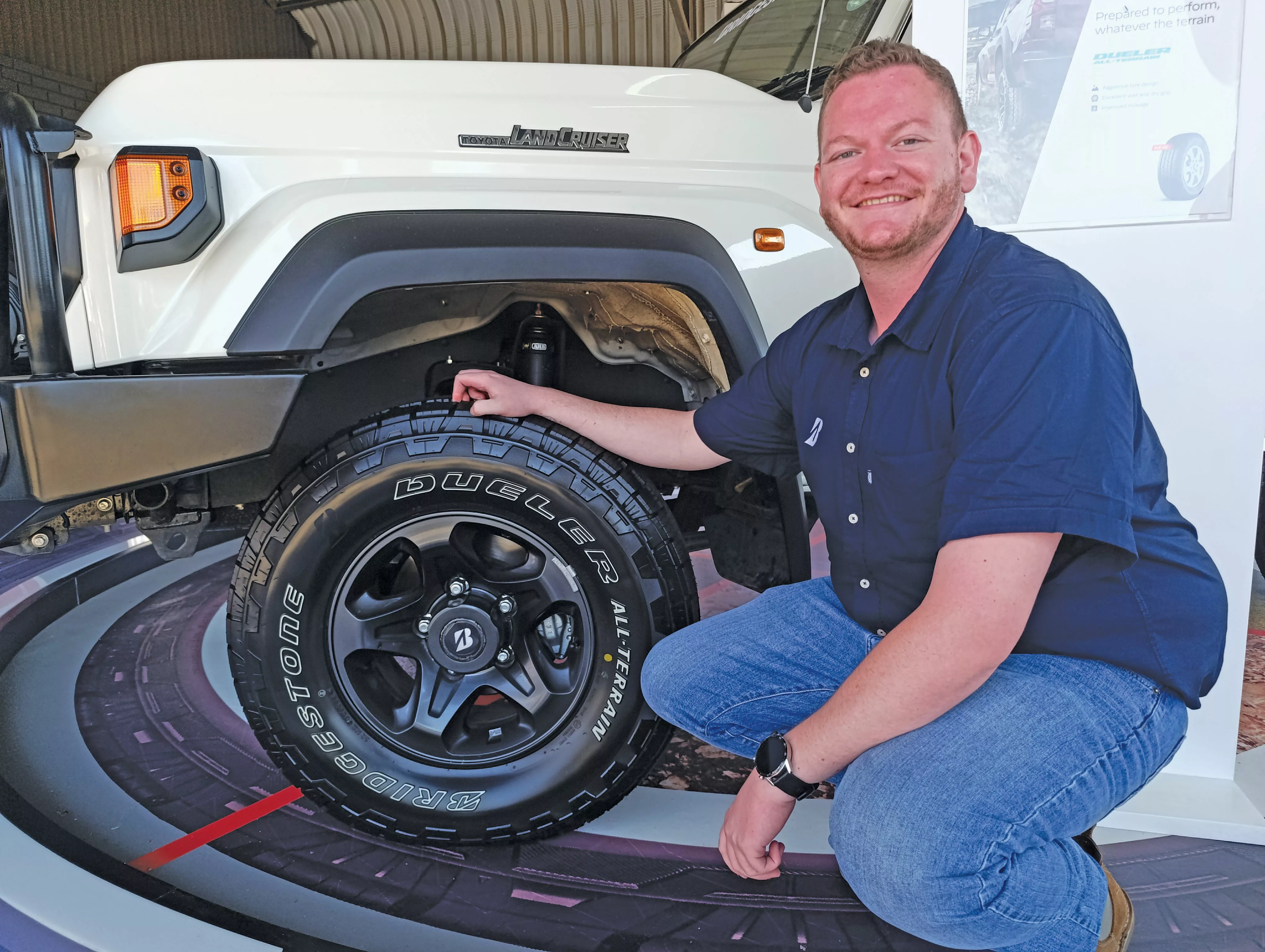
Another advantage is that the tyre has been engineered for superior durability and resistance to damage in all circumstances, thanks to robust casing to minimise internal stress, and an optimised belt package designed for a larger total tread width.
Nampo visitors also had an opportunity to see the Bridgestone Dueler All-Terrain A/T002, which will be released around August/September, and is ideal for cars and bakkies that had to travel on dirt and farm roads.
Ruben Dicks, Bridgestone trade and marketing specialist, says that the tyre presents a range of design enhancements and performance upgrades over the D697, such as a unique hexagonal block shape, and meticulously engineered pattern architecture.
“The design provides a better adaptation and response to various terrains. In terms of durability, it presents a 10% increase in mileage, and a 12% decrease in rolling resistance, translating into better fuel efficiencies.”
Replacement
Goosen says that a farmer can use a tractor tyre until it fails, but should ask at what cost to machine performance, fuel efficiency and safety.
His advice is to replace tyres when they have about 15% life expectancy left.
“It all depends on how often the tyres are used, and the terrain on which it is used. In areas with more sand and clay fields, you can expect double the hours on your tyres, than in areas with stony conditions.”
Goosen says that a treader gauge can be used to determine tread left on the tyre, but farmers will also be able to see when tread starts to wear off through physical inspections, and begin to feel the impact on machine performance.
For more information email Willouw Goosen at [email protected].


